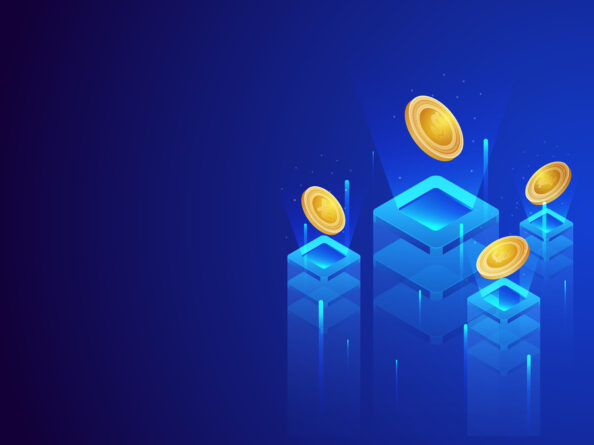
Tokenization is changing how we think about ownership and the exchange of value in the digital world. It allows people to turn physical or digital items into digital tokens stored on a blockchain. These tokens can be used to represent real estate, art, money, or even personal data.
Tokenization opens new opportunities for investing, trading, and protecting sensitive information. In this article, we will explain what tokenization means, how it works, and why it is important across different industries.
Tokenization is the process of creating a digital version of something valuable, like a house, a piece of art, or even a bank account number. This digital version is called a “token.” The token is stored on a blockchain, which is a special type of database that is secure and cannot be easily changed or hacked.
Here’s a deeper look into the steps involved in tokenization:
Tokenization makes it possible to own just a small part of something valuable and trade it securely with others. It also reduces the need for middlemen like lawyers or banks.
Smart contracts are digital agreements that work automatically based on rules written in code. For example, if someone buys a token, the contract can automatically transfer ownership without needing a lawyer or paperwork.
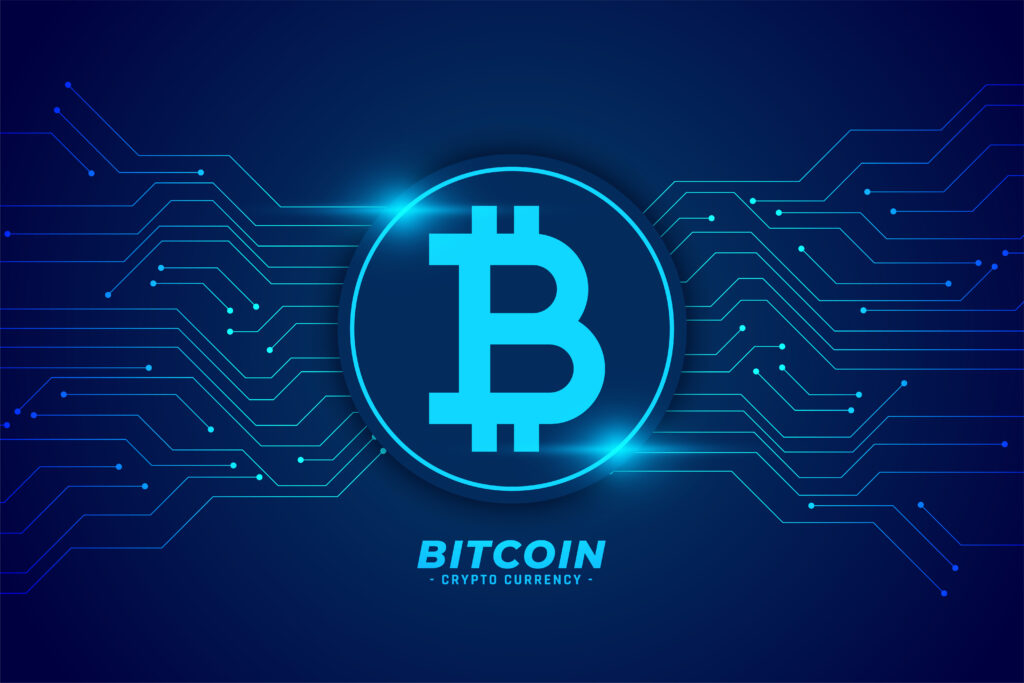
Tokenization began gaining attention with the rise of cryptocurrencies. In 2009, Bitcoin introduced the world to blockchain technology. Although Bitcoin itself is not tokenization, it showed how digital value could be transferred in a secure, decentralized way.
The concept of tokenization started evolving in 2012 with platforms like Mastercoin, which allowed users to create custom tokens on the Bitcoin blockchain. But the real growth began in 2015 with the launch of Ethereum. Ethereum introduced smart contracts and the ERC-20 token standard, making it easier to create and manage tokens. Since then, thousands of tokens have been developed to represent all kinds of assets.
Over the years, many industries started exploring tokenization for things like real estate, stocks, and art. Governments and financial institutions have also begun to study how tokenization can improve security and efficiency in traditional systems.
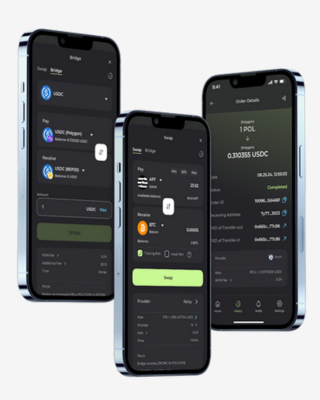
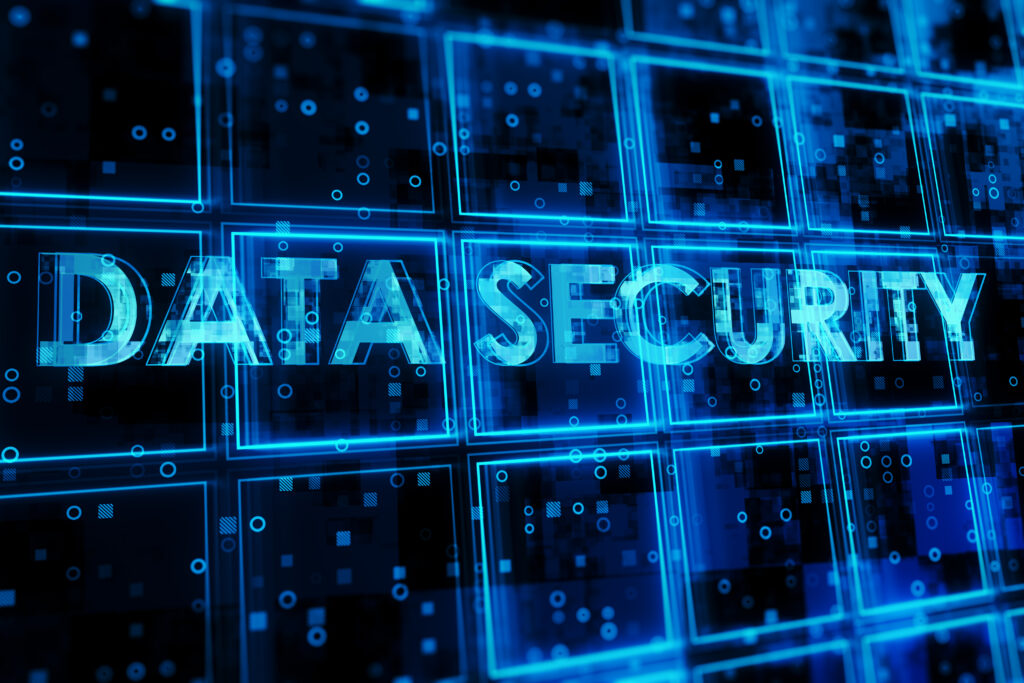
Tokenization and encryption are both data security techniques that can be used to protect sensitive information from unauthorized access. While these techniques share some similarities, there are also some key differences between them. ‘

Tokenization involves creating a token or a substitute value for sensitive data, such as credit card numbers or social security numbers. The token replaces the original data, which is then stored in a secure location. Tokens are randomly generated, and they cannot be used to reverse engineer the original data. Tokenization can help to protect sensitive data from unauthorized access by hackers, as tokens do not reveal any sensitive information if they are stolen.
Encryption, on the other hand, involves scrambling the original data using an algorithm so that it is unreadable without a key or a password. Encrypted data can only be accessed by someone who has the key or password to decrypt it. Encryption can provide an additional layer of security to sensitive data, as it helps to protect the data if it is stolen or intercepted.
One key difference between tokenization and encryption is the level of security they provide. While both techniques can help to protect sensitive data, tokenization is generally considered to be more secure, as tokens cannot be used to reverse engineer the original data. In contrast, encrypted data can be decrypted if the key or password is compromised.
Another difference is the use case for each technique. Tokenization is often used to protect sensitive data that needs to be stored for long periods of time, such as credit card numbers or social security numbers. Encryption, on the other hand, is often used to protect data that needs to be transmitted over a network or stored temporarily, such as email messages or temporary files.
Tokenization is used to protect sensitive information:
By using tokenization, companies can follow privacy laws and keep user data safe.
Nature-based tokens are digital tokens that represent real-world assets, such as gold or other precious metals, agricultural commodities, or real estate. These tokens are backed by tangible assets and can be traded on blockchain-based marketplaces. Nature-based tokens provide a more secure and transparent way of investing in tangible assets, as the blockchain provides an immutable record of ownership that is easily auditable and trackable.
One of the key benefits of nature-based tokens is that they allow for fractional ownership of tangible assets. This means that investors can purchase smaller portions of an asset, rather than having to buy an entire asset outright. This can help to increase liquidity in the market, as smaller investors can participate in investment opportunities that were previously unavailable to them.
Speculation-based tokens are not backed by tangible assets but are instead based on market speculation. These tokens are often used for fundraising purposes, and their value is based on market demand and supply. Speculation-based tokens are often associated with initial coin offerings (ICOs), which are used to raise funds for blockchain-based projects. The value of these tokens can be highly volatile, and their legitimacy and compliance with regulatory standards can be uncertain.
One of the key benefits of speculation-based tokens is that they provide a new way for startups and other organizations to raise funds. By issuing tokens in an ICO, these organizations can raise funds from a global pool of investors, without the need for traditional intermediaries such as banks or venture capitalists.
Tokenization is already being used in many areas:
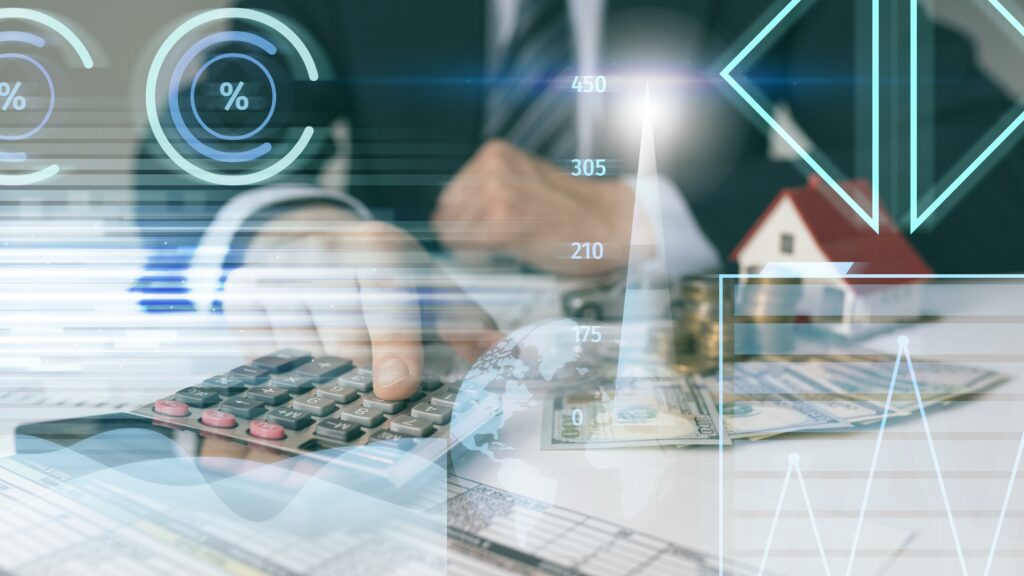
The finance industry has been one of the early adopters of asset tokenization. Financial institutions have leveraged tokenization to create digital assets that can be traded on blockchain-based platforms, offering investors new ways to access liquidity and diversify their portfolios. Asset-backed tokens are being used to represent stocks, bonds, and other traditional financial instruments. Tokenization is being used to create digital currencies that can be used for payment transactions.

Tokenization allows real estate assets, such as buildings and properties, to be fractionalized and traded on blockchain-based platforms. This allows for smaller investors to participate in real estate investments, which were previously only accessible to high net worth individuals and institutions. Additionally, tokenization offers more liquidity and transparency, making real estate investment more accessible. Tokenization also makes property sales more efficient and transparent by enabling the secure and transparent transfer of property ownership.

Medical research institutions and pharmaceutical companies are using tokenization to raise funds for research and development. In addition, medical data can be tokenized and securely stored on a blockchain-based platform, allowing for more secure and transparent sharing of medical data.

The sports industry is using asset tokenization to offer fans new ways to engage with their favorite teams and athletes. Tokenized sports assets, such as team ownership, merchandise, and memorabilia, can be traded on blockchain-based platforms, allowing fans to invest in their favorite teams and athletes.

Enterprises are using tokenization to manage their assets and streamline business operations. Tokenization allows for the secure and transparent tracking of assets, including inventory, intellectual property, and supply chain management. This results in more efficient and cost-effective business operations.

The art industry is also leveraging asset tokenization to allow for fractional ownership of artwork. Tokenization allows investors to own a portion of a valuable art piece and share in its appreciation in value. This opens up the art market to smaller investors who previously could not afford to invest in high-end art pieces.
By tokenizing unique digital assets, we can create new markets and opportunities for creators and buyers, while ensuring that ownership and authenticity are maintained in a secure and transparent way.
1. Art
Art-related information such as images, videos, and descriptions, certificates of authenticity, and proof of ownership need to be tokenized to protect the artwork’s ownership and prevent fraud.
2. Game
In-game assets, player profiles, game statistics, and progress need to be tokenized to ensure secure and transparent transactions, prevent fraud, and provide users with a unique gaming experience.
3. Real Estate
Real estate information such as property titles, deeds, valuation, and ownership records need to be tokenized to ensure transparent and secure transactions, prevent fraudulent activities, and provide more liquidity to the real estate market.
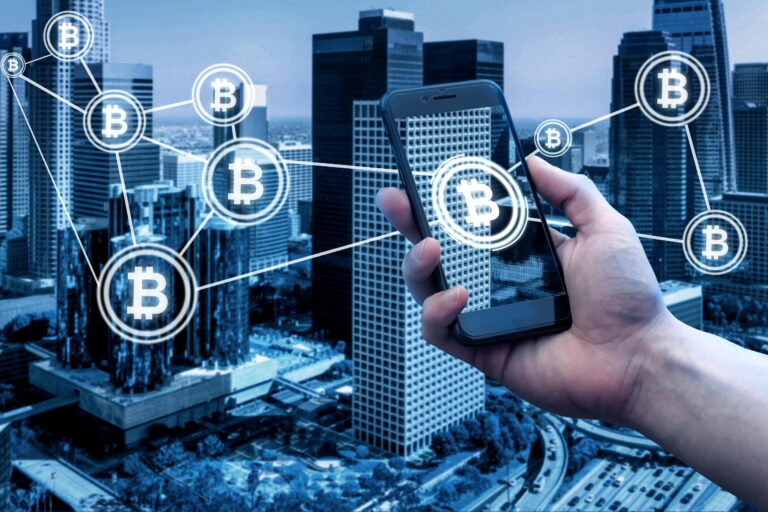
4. Gold
Tokenizing gold allows for people to invest in gold without having to physically store it. This means that gold can be bought and sold quickly and securely. Gold-related information such as proof of ownership, transaction records, and source information need to be tokenized to provide investors with more transparency and security, prevent fraud, and enable fractional ownership of gold assets.
5. Apple pay
Sensitive payment information such as credit and debit card numbers need to be tokenized to ensure secure and fraud-free transactions, prevent identity theft, and protect users’ privacy.
6. Social Security number
Social Security numbers need to be tokenized to protect sensitive personal information from identity theft, fraud, and unauthorized access.
7. Bank account numbers
Bank account numbers need to be tokenized to ensure secure and transparent transactions, prevent unauthorized access, and protect sensitive financial information.
8. Passport number
Passport numbers need to be tokenized to protect sensitive personal information, prevent identity theft, and ensure secure and reliable identification.
9. Driver’s license number
Driver’s license numbers need to be tokenized to ensure secure and reliable identification, prevent fraud, and protect sensitive personal information.
10. Credit card numbers
Credit card numbers need to be tokenized to ensure secure and fraud-free transactions, prevent identity theft, and protect sensitive financial information.
11. Addresses
Tokenizing a person’s address or telephone number can prevent identity theft and fraud since the original information is not stored in its raw form.
12. Telephone
Tokenizing a phone number involves replacing the actual phone number with a randomly generated alphanumeric code that acts as a unique identifier for the phone number. Tokenization of phone numbers can help protect sensitive information from unauthorized access, theft, or misuse.
When a user provides their phone number to a business or organization, the phone number can be tokenized and stored in a secure database. If the database is compromised, the attacker will only see the tokenized phone numbers, which are essentially meaningless without the encryption key.
13. Date of birth
By tokenizing date of birth, sensitive information can be kept secure, and the risk of identity theft can be minimized. For example, businesses and organizations can verify age without revealing the actual date of birth. For example, a website that sells alcohol or tobacco products may need to verify the age of their customers. By tokenizing the date of birth, the website can confirm that the customer is of legal age without revealing their actual birthdate.
In addition to enhancing data security, tokenizing the date of birth can also help organizations comply with data protection regulations such as GDPR or CCPA.
14. Gender or race
One potential benefit of tokenizing gender and race is that it can help to eliminate bias and discrimination in certain industries. For example, in the hiring process, tokenization can ensure that a candidate’s gender or race is not used to make hiring decisions. Instead, the candidate is evaluated based on their qualifications and experience.
Asset tokenization platforms are software solutions that enable the tokenization of physical assets or financial instruments on the blockchain. These platforms provide the necessary tools and infrastructure for asset owners to create digital tokens that represent ownership of their assets.
Polymath is a decentralized platform that allows businesses to create and issue security tokens on the blockchain. The platform offers a suite of tools to help issuers manage the tokenization process, including smart contract templates, KYC/AML integration, and investor management tools.
Securitize is a compliance platform for tokenized securities. The platform helps issuers create and manage compliant security tokens by integrating KYC/AML, investor accreditation, and transfer restrictions into the token itself. Securitize also provides a suite of investor management tools and a marketplace for buying and selling security tokens.
Harbor is a tokenization platform that allows issuers to tokenize traditional assets such as real estate, private equity, and hedge funds. The platform provides tools for managing the tokenization process, including smart contract templates, KYC/AML integration, and investor management tools. Harbor also offers a marketplace for buying and selling security tokens.
OpenFinance is a regulated trading platform for security tokens. The platform provides a marketplace for buying and selling security tokens, as well as tools for managing tokenized assets. OpenFinance also offers investor management tools and compliance services to help issuers meet regulatory requirements.
Tokeny is a tokenization platform that allows businesses to issue security tokens on the blockchain. The platform provides tools for managing the tokenization process, including KYC/AML integration, investor management tools, and compliance services. Tokeny also offers a marketplace for buying and selling security tokens.
tZERO is a platform that allows issuers to tokenize traditional assets such as private equity, real estate, and debt securities. The platform provides a suite of tools to help issuers manage the tokenization process, including investor accreditation, smart contract templates, and investor management tools. tZERO also offers a marketplace for buying and selling security tokens.
Swarm is a platform that allows issuers to tokenize a wide range of assets, including real estate, venture capital funds, and art. The platform provides a suite of tools to help issuers manage the tokenization process, including smart contract templates, investor management tools, and compliance services. Swarm also offers a marketplace for buying and selling security tokens.
Tokensoft is a platform that allows issuers to tokenize a wide range of assets, including private equity, real estate, and funds. The platform provides a suite of tools to help issuers manage the tokenization process, including smart contract templates, KYC/AML integration, and investor management tools. Tokensoft also offers a marketplace for buying and selling security tokens.
In recent years, tokenization has emerged as a powerful technology that has transformed the way we think about assets and ownership. With tokenization, traditional assets such as real estate, art, and private equity can be digitized and divided into fractional ownership units, making them more accessible and liquid.
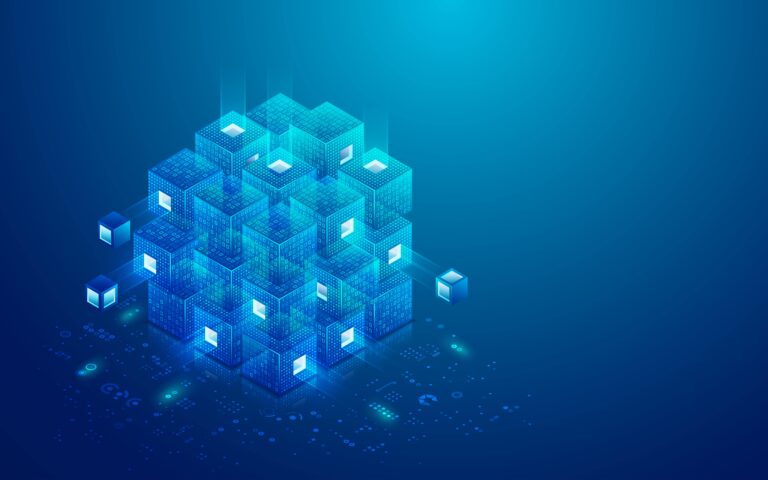
The next few years will bring big changes:
Tokenization could become a foundation of the digital economy, much like the internet today.
Asset tokenisation has emerged as a disruptive technology that has the potential to transform the way we invest and trade assets. By digitizing assets and allowing fractional ownership, tokenization has opened up a world of possibilities for investors and businesses. It offers benefits such as increased liquidity, lower transaction costs, and enhanced accessibility to high-value assets.
However, like any emerging technology, tokenization also comes with its own set of risks, such as cybersecurity threats, regulatory uncertainty, and potential exacerbation of wealth inequality. It is crucial for investors and businesses to be aware of these risks and take necessary precautions to mitigate them while exploring the opportunities that asset tokenisation offers.